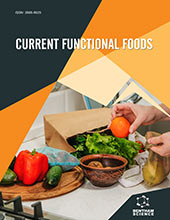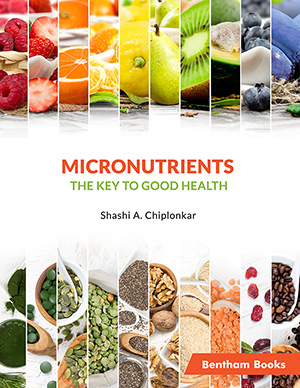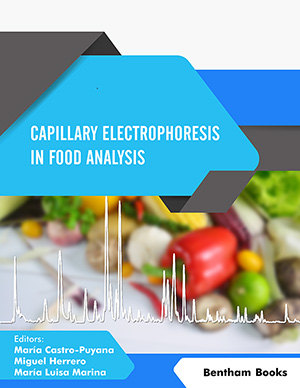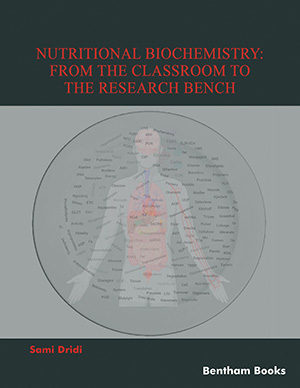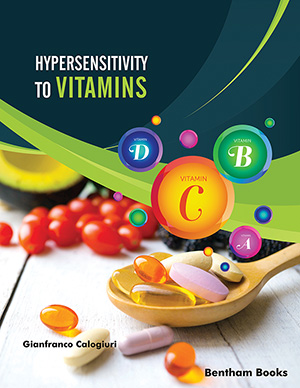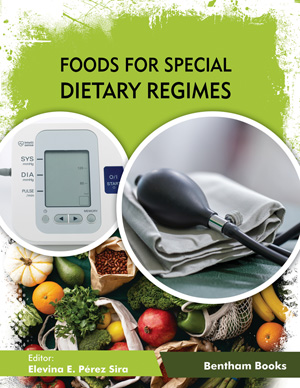
Abstract
Due to the low iron content of human milk, the dietary iron intake during the period of exclusive breast-feeding is very low. During the first months this low intake does not seem to severely impair the iron status of breast-fed infants, rather prenatally acquired iron stores are used. However, with iron requirements expanding related to rapid growth, additional dietary iron is needed in full-term appropriate-for-gestational-age breast-fed infants at four to six months of age. Supplemental iron is usually introduced via iron-rich complementary food at this age. Programs to control iron deficiency during infancy in developing countries emphasize the role of a dietary approach with strategies like targeted iron supplementation and iron fortification of foods. Bioavailability of alimentary iron is a key issue to be considered. Meat, a good source of well bioavailable heme iron, is advocated to be part of the first complementary food in children with sound infant diets in some affluent countries (e.g. in Germany). This review compiles data and recommendations related to the use of dietary iron in order to control iron deficiency during infancy with a special focus on affluent countries.
Current Nutrition & Food Science
Title: Iron Status in Infants and Relation to Dietary Intake. Part 2: Dietary Iron Intake During Infancy
Volume: 6 Issue: 4
Author(s): Katharina Dube, Hermann Kalhoff and Mathilde Kersting
Affiliation:
Abstract: Due to the low iron content of human milk, the dietary iron intake during the period of exclusive breast-feeding is very low. During the first months this low intake does not seem to severely impair the iron status of breast-fed infants, rather prenatally acquired iron stores are used. However, with iron requirements expanding related to rapid growth, additional dietary iron is needed in full-term appropriate-for-gestational-age breast-fed infants at four to six months of age. Supplemental iron is usually introduced via iron-rich complementary food at this age. Programs to control iron deficiency during infancy in developing countries emphasize the role of a dietary approach with strategies like targeted iron supplementation and iron fortification of foods. Bioavailability of alimentary iron is a key issue to be considered. Meat, a good source of well bioavailable heme iron, is advocated to be part of the first complementary food in children with sound infant diets in some affluent countries (e.g. in Germany). This review compiles data and recommendations related to the use of dietary iron in order to control iron deficiency during infancy with a special focus on affluent countries.
Export Options
About this article
Cite this article as:
Dube Katharina, Kalhoff Hermann and Kersting Mathilde, Iron Status in Infants and Relation to Dietary Intake. Part 2: Dietary Iron Intake During Infancy, Current Nutrition & Food Science 2010; 6 (4) . https://dx.doi.org/10.2174/157340110793663716
| DOI https://dx.doi.org/10.2174/157340110793663716 |
Print ISSN 1573-4013 |
| Publisher Name Bentham Science Publisher |
Online ISSN 2212-3881 |
Call for Papers in Thematic Issues
Bioactive Compounds, Functional Foods, Metabolism, and Health
Nutrition, metabolism, and their intervention strategies have become focal points of interest in the study of metabolic syndrome and health. Bioactive compounds, phytochemicals, and functional foods play crucial roles in modulating metabolic processes and improving human health. Moreover, the composition of the gut microbiome is also believed to be closely ...read more
Harnessing Bioactive Compounds from Food Waste: Sustainable Extraction Strategies and Health Applications
Food waste presents a significant challenge across the postharvest cycle, from agricultural production to distribution. However, within this waste lies a treasure trove of bioactive chemicals that hold immense potential for nutraceuticals, functional foods, and postharvest additives, including antimicrobials. Various extraction methods, such as solvent extraction (SE), supercritical fluid extraction ...read more
Natural Bioactive Compounds Derivatives in Nutraceutical and Food Science
In the last years, plants have been widely used for their numerous properties and now there is growing interest in the study of classes of compounds obtained from plant species or derived from them. The importance of these natural compounds lies in their important therapeutic purposes, and in their capability ...read more
The Core Linkage Between Probiotics Encapsulation by the Natural Phytochemicals as Health and nutritional-related Functional Products: Recent Applications
The exploration of probiotics encapsulation through natural phytochemicals has emerged as a pivotal area of research, particularly in the context of health and nutrition. Probiotics, defined as live microorganisms that confer health benefits to the host, have gained considerable attention for their role in enhancing gut health, boosting the immune ...read more
Related Journals
 13
13
- Author Guidelines
- Graphical Abstracts
- Fabricating and Stating False Information
- Research Misconduct
- Post Publication Discussions and Corrections
- Publishing Ethics and Rectitude
- Increase Visibility of Your Article
- Archiving Policies
- Peer Review Workflow
- Order Your Article Before Print
- Promote Your Article
- Manuscript Transfer Facility
- Editorial Policies
- Allegations from Whistleblowers
- Announcements








